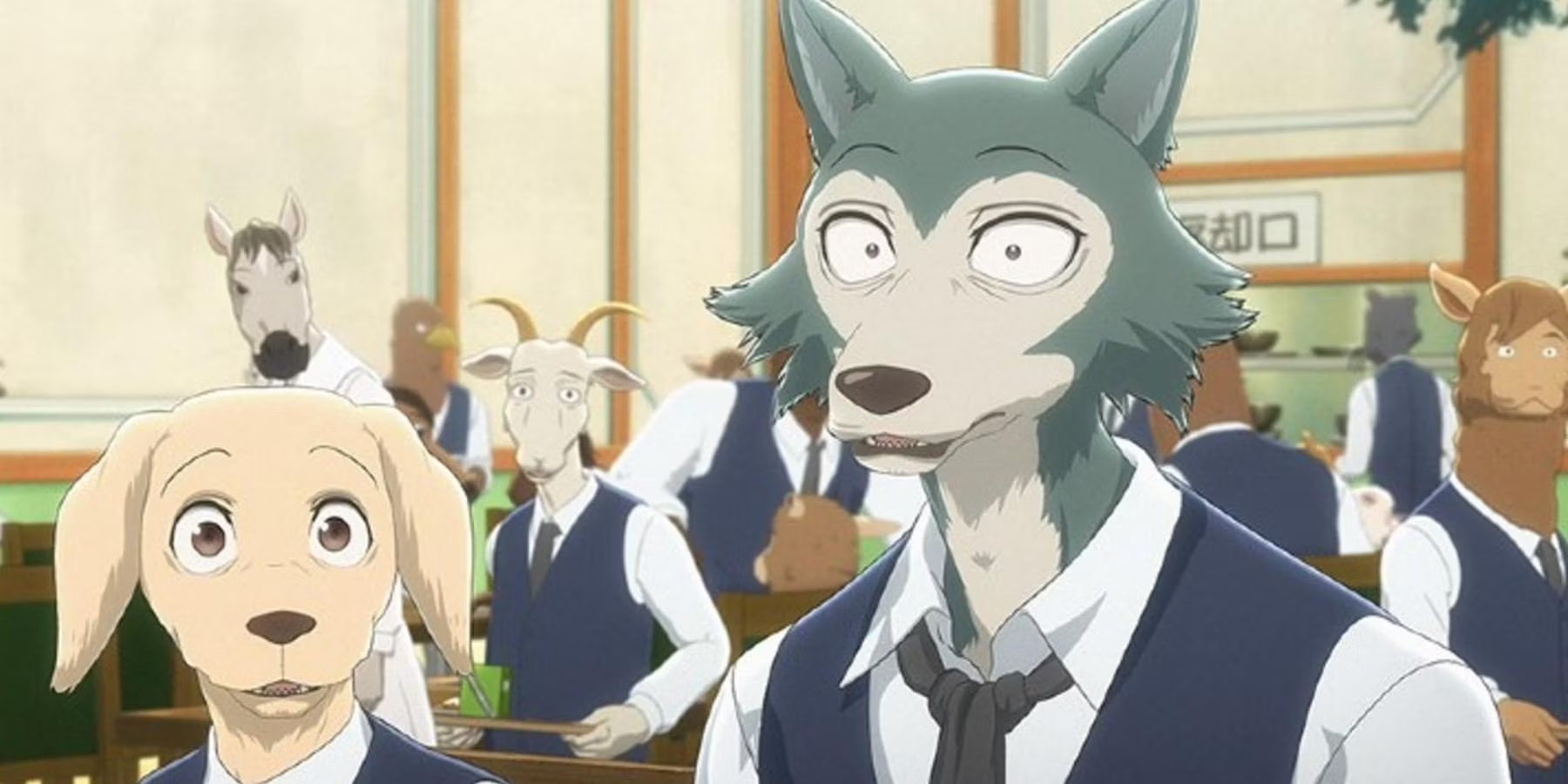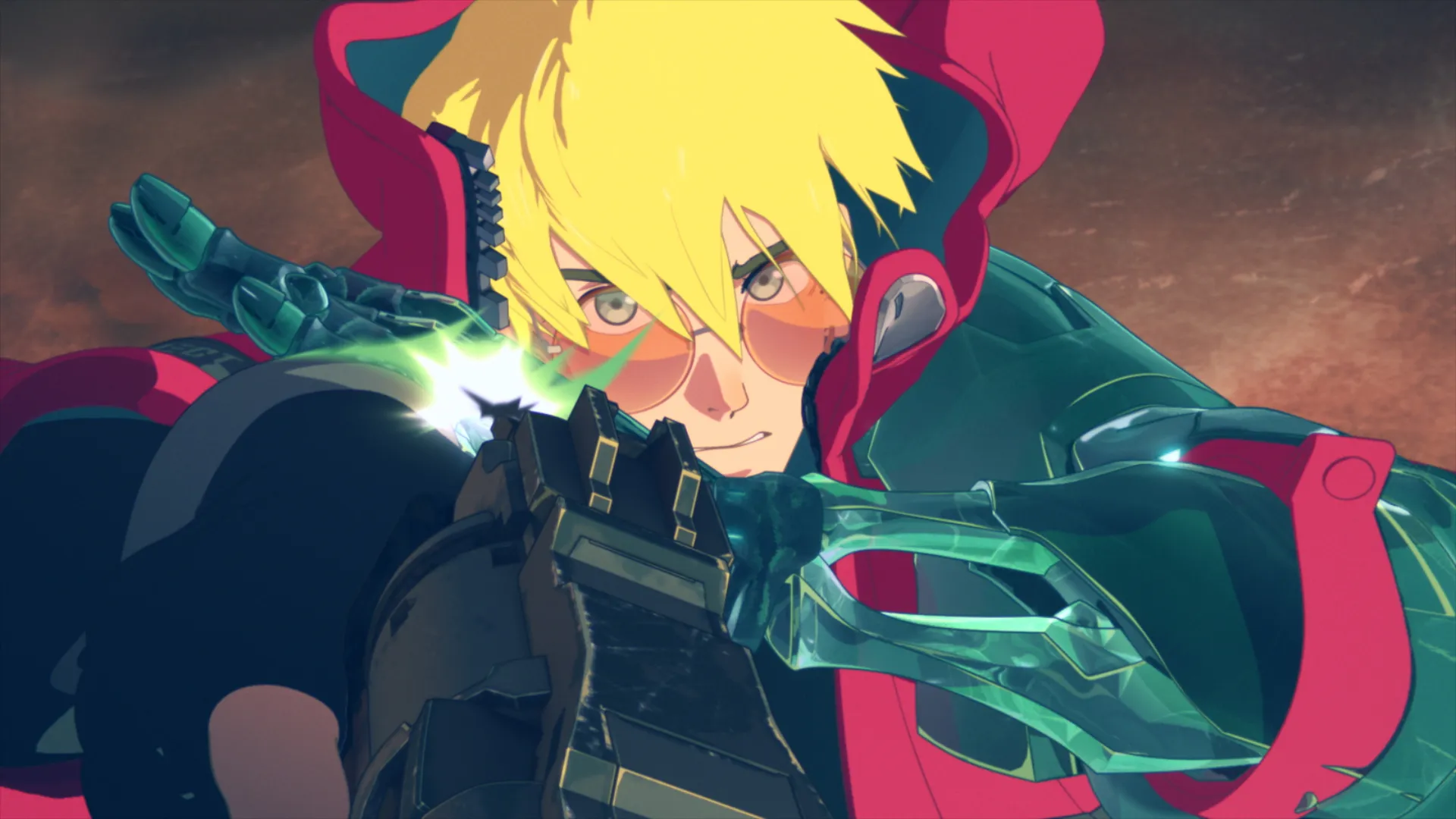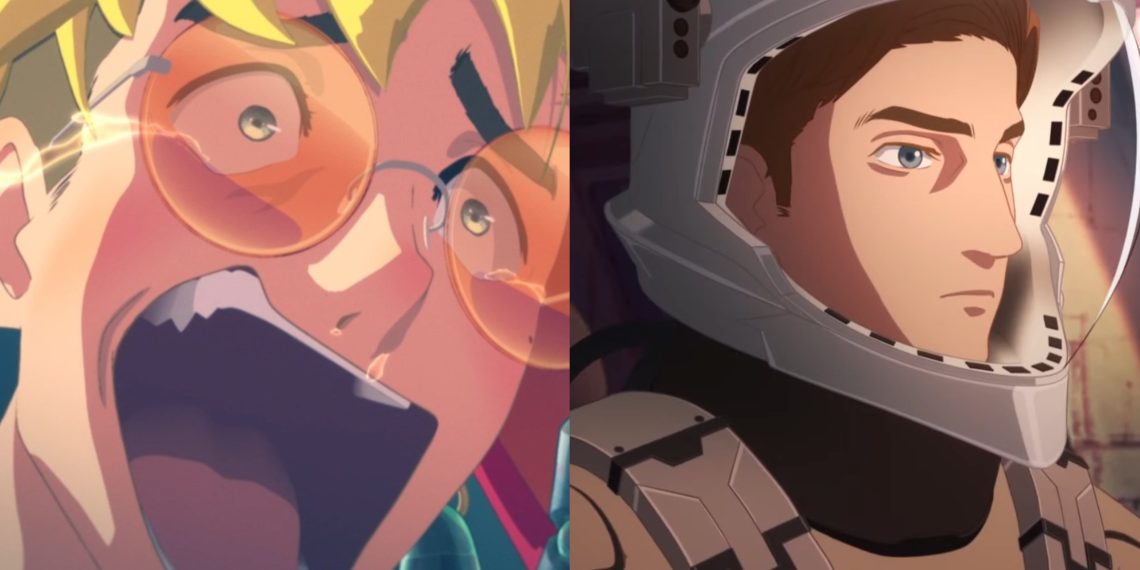CG animation in the anime industry has sparked debate among fans, with some feeling it doesn’t measure up to traditional 2-D animation.
Despite this, major franchises like Dragon Ball, Attack on Titan, and Lupin The Third have embraced CG animation. Studio Orange, a leading studio in this field, recently shared insights on the past and future of CG in anime.
Founded in 2004, Studio Orange has significantly contributed to anime with projects like Trigun Stampede, Land of The Lustrous, Beastars, and Godzilla Singular Point. Studio founder Eiji Onomoto initially had doubts about focusing solely on CG animation due to the industry’s uncertain demand.

Reflecting on the studio’s beginnings, Onomoto admitted, “The anime industry’s growing need for CG to tackle challenging aspects of animation made me unsure if a CG-exclusive studio could stay profitable.”
The turning point came with Land of The Lustrous, a project that garnered attention and solidified Studio Orange’s reputation. Onomoto noted, “This project was pivotal for us. It showed that CG characters could be embraced by anime fans, not just for robots but for a variety of characters.”

Since then, Studio Orange has continuously refined its techniques and expanded its creative expressions, building on the success of Land of The Lustrous.
Looking ahead, Studio Orange has a promising future. The final season of Beastars will premiere on Netflix this year, and Trigun Stampede is gearing up for its finishing episodes, though the exact release date is still undisclosed.


















